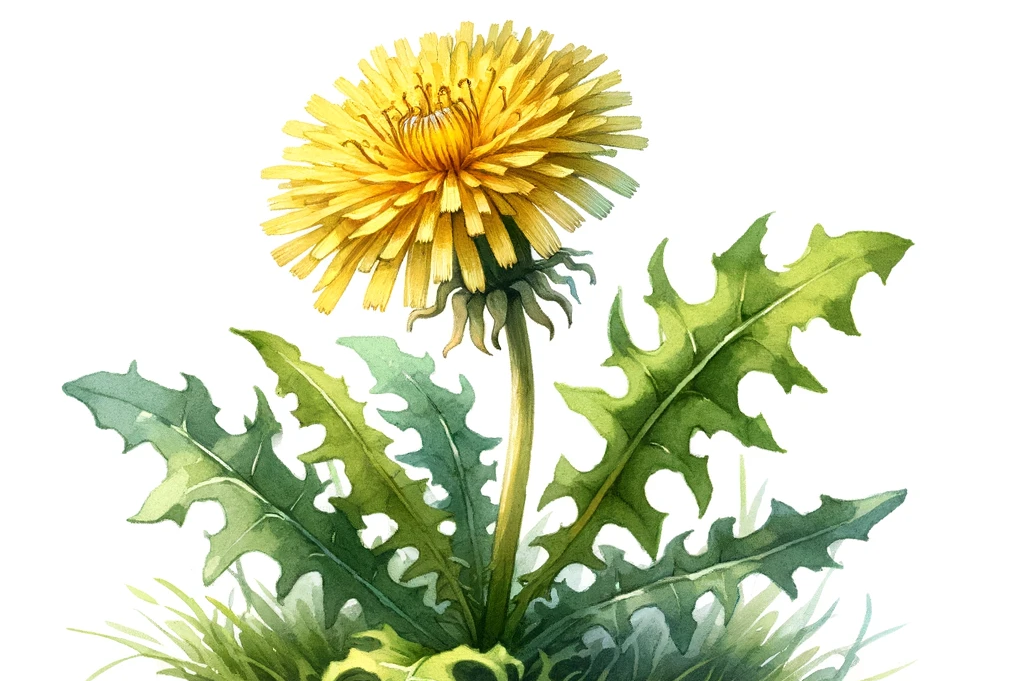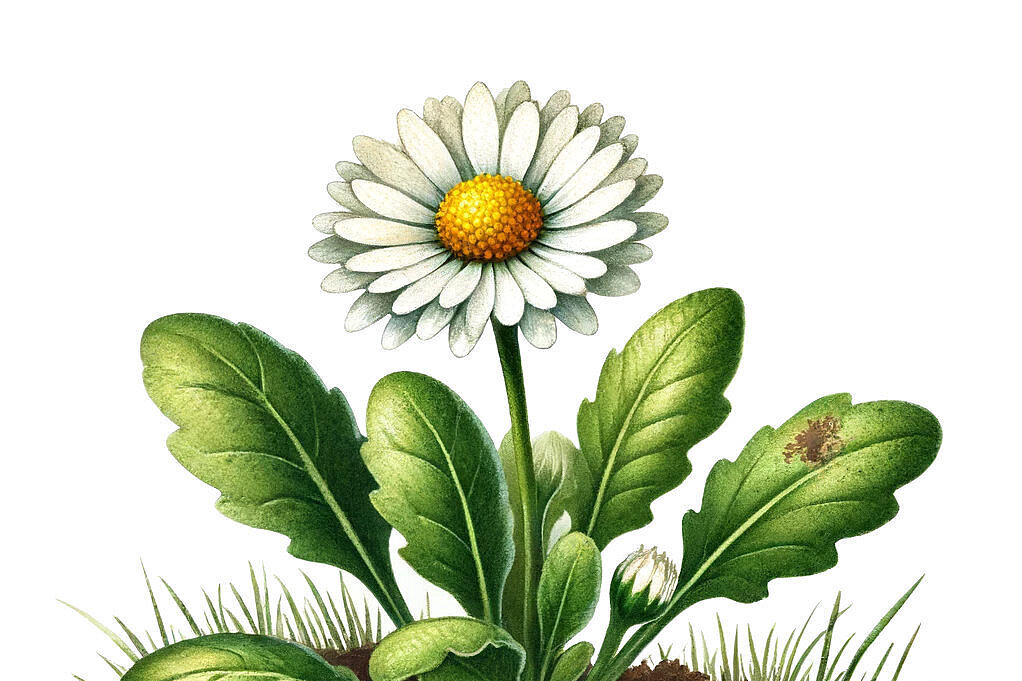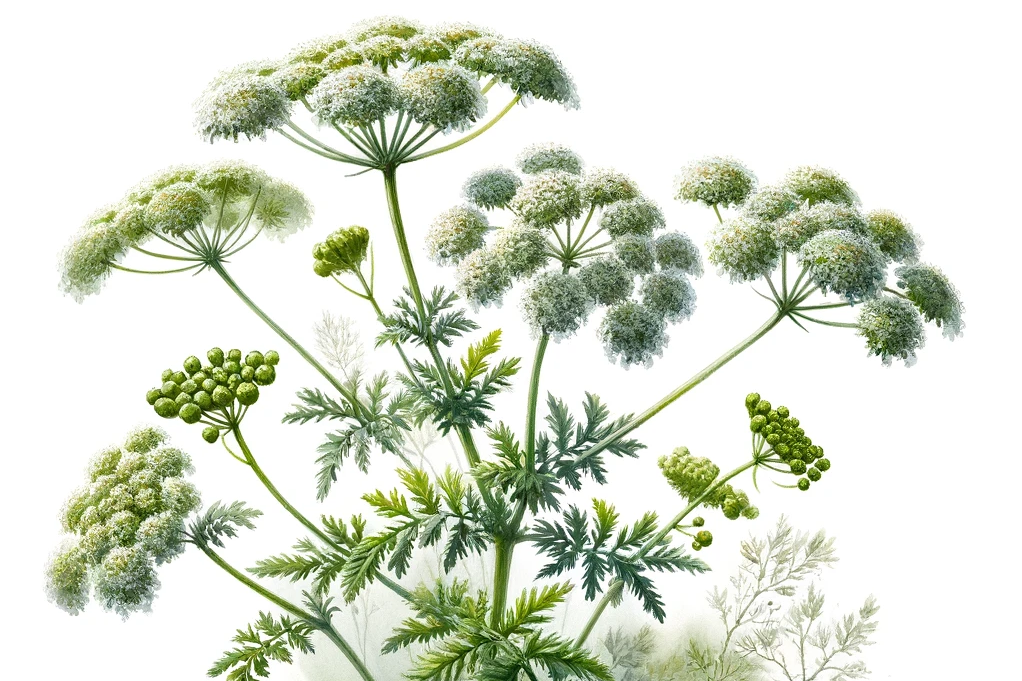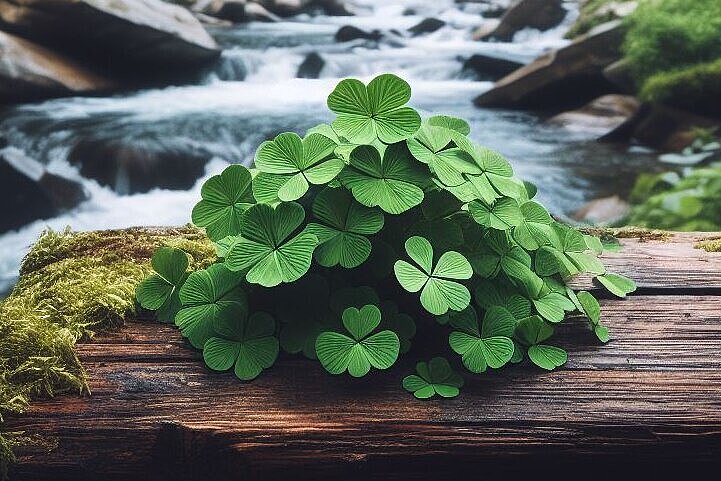Buttercup

Ranunculus, a common plant found in many gardens and meadows, harbors a secret dilemma for pet owners, especially those who are proud dog owners. While the bright flowers of this plant are a visual asset to any landscape, they can pose a potential danger to our four-legged friends. This article dives deep into the world of ranunculus to understand what makes this plant tick and why it could be problematic for dogs.
What is buttercup?
Ranunculus includes a variety of species characterized by their showy, often bright yellow flowers. They often grow in temperate climates and can be found in both wild and cultivated forms. Ranunculus plants are known for their adaptability and can thrive in a range of environments, from damp meadows to gardens and parks.
Dangers of buttercup for dogs
Toxicity
Ranunculus species contain protoanemonin, a substance that can be toxic if it comes into contact with the skin or is ingested. For dogs that tend to nibble on or eat plants, ranunculus can cause serious health problems including, but not limited to:
- Irritation of the oral mucosa
- Nausea and vomiting
- diarrhea
- Severe indigestion
Skin irritation
Not only ingestion, but also mere contact with buttercup can cause skin irritation in dogs. The skin around the mouth, paws or any other area that comes into contact with the plant can become irritated, causing redness, itching and discomfort.
No benefits for dogs
Unlike some other plants that may have health benefits for dogs in certain amounts or under certain circumstances, buttercup offers no known health benefits for dogs. The risks associated with the plant's toxicity far outweigh any potential use in the context of dog nutrition or health.
Preventive measures
It is important for dog owners to take steps to protect their pets from the dangers of buttercup:
- Supervise your dog when walking in areas where ranunculus grows and prevent them from nibbling on the plants.
- Remove ranunculus from your garden or secure areas where the plant grows to prevent your dog from accessing it.
- Find out about the symptoms of buttercup poisoning and, if in doubt, consult a vet immediately.
Better safe than sorry
While buttercups are undoubtedly an aesthetic asset to many natural landscapes, the plant is a definite no-go for dogs. Given the serious health risks associated with this plant, it is imperative for dog owners to protect their four-legged friends from potential exposure. By taking preventative measures and keeping a watchful eye, dog owners can help minimize the risk of poisoning and ensure their furry friends stay safe and healthy. Ultimately, caution should always be exercised when handling buttercups around dogs.
If you notice any signs of hypersensitivity or poisoning in your dog, you should see your vet immediately. We are not a substitute for a vet, but we try to be as accurate as possible. Every dog reacts differently and we recommend you get a second opinion or consult your vet if in doubt.
Stay healthy and take good care of your four-legged friend!😊
Similar to Buttercup
Dandelion is a perennial herbaceous plant from the composite family. It has a long taproot that reaches up to one meter deep into the ground. All parts of the plant contain a white, milky sap that...
The daisy (Bellis perennis) belongs to the daisy family and is a perennial plant that is common in Europe, Asia and North America. It has a short stem with a rosette of spatulate leaves and a flower...
Yarrow (Achillea millefolium) is a perennial plant from the Asteraceae family. It has finely pinnate leaves and white or pink flowers that are arranged in flat umbels. The plant grows to a height of...
Clover is a legume that belongs to the papilionaceous family. There are around 300 different types of clover, which vary in shape, color and size. The best known are white clover and red clover,...



